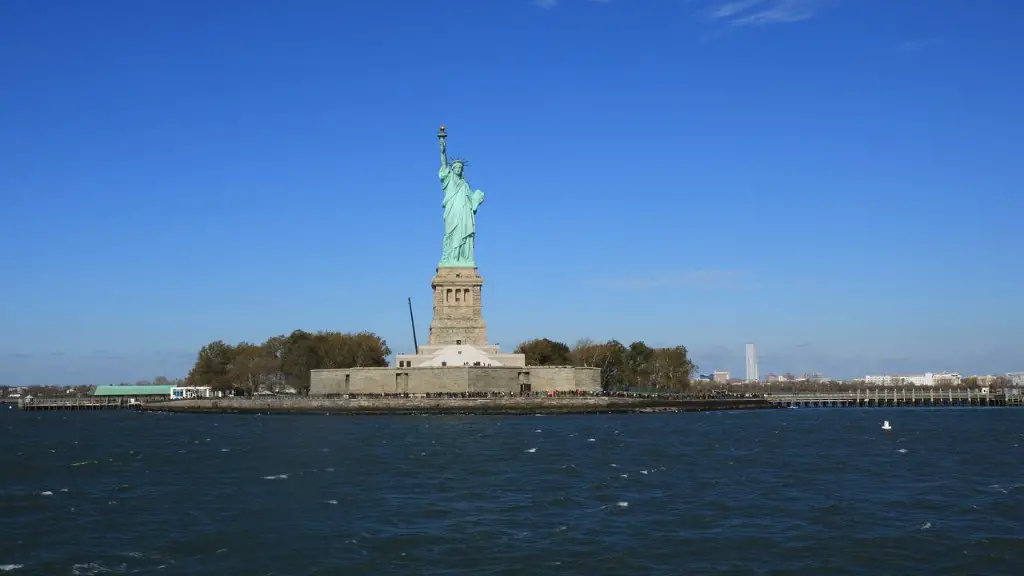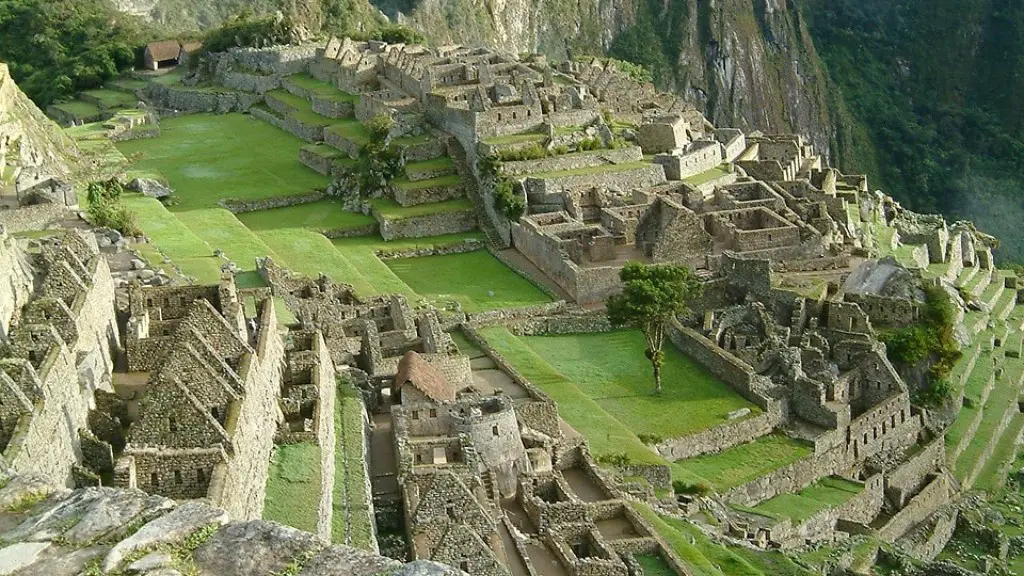How Tall is Mount Kilimanjaro?
Mount Kilimanjaro, the highest mountain in Africa, is one of the world’s most impressive and iconic geographical features. The picturesque dome of Kilimanjaro rises high above the plains of Tanzania, beckoning climbers and sightseers alike. Even those who have never been to East Africa are familiar with the sight of Kilimanjaro. It is the tallest free-standing mountain on earth, and is frequently photographed and featured in many films and documentaries.
Standing at 19,341 feet, it is hard to comprehend the sheer mass of this mountain. The slopes of Kilimanjaro compromise of three volcanic cones surrounded by five glaciers and capped by snow. Geologists believe that Kilimanjaro has been built up slowly over the centuries as the earth’s plates slowly shifted and pushed up the rocks of the mountain. The resulting cone-shaped peak, combined with its massive height, is what makes Kilimanjaro so impressive.
The majority of climbers who undertake the ascent of Kilimanjaro tend to follow the Marangu route, a gradual but longer ascent. Others who were feeling more ambitious often tackle the Machame route, a more difficult and steeper climb. The climb can take anywhere from four days to as long as seven days, depending on the route chosen, the group’s physical condition, and the weather. The treacherous nature of the terrain has earned Kilimanjaro the title ‘The Roof of Africa’.
The changing elevations and accompanying climate of Kilimanjaro are a marvel too. At the lower altitudes, the temperatures are relatively warm and balmy – making this a popular hiking and camping destination. However, temperatures at the summit can plunge to subzero levels, and not even the sun can warm you. Hypothermia and altitude sickness are two of the main risks which climbers face.
Despite the risks, thousands of brave people still attempt to summit Kilimanjaro each year. Still, despite the mass of climbers, only half of those who attempt it make it to the top. It is this victory over the mountain that has earned it its lasting popularity and mystique. The fact that Kilimanjaro has the ability to humble even the most experienced mountaineers makes it an awe-inspiring place.
Kilimanjaro is both a challenge and a privilege. A remarkable feat of nature, it requires physical, mental and emotional endurance. It tests your strength, your resolve and your desire to take on one of Africa’s most imposing mountains.
Kilimanjaro’s Unusual Geography
Kilimanjaro’s geography is highly unusual, with no two sections of the mountain looking the same. The first third covers lush rainforests and montane moorlands, while the middle section is characterised by grassy alpine meadows and shrubs. The highest part of the mountain is mostly composed of volcanic rock, snow and ice.
This unusual geography makes Kilimanjaro a popular destination for biological diversity research. Its unique environment is home to several species of plants, birds and animals. Studies have shown that many species have adapted to the changing altitudes of the mountain, having developed unique physical and behavioural traits to survive in its harsher climates.
In recent years, the mountain’s glaciers have been melting due to rising temperatures, leading to a significant loss of biodiversity. Scientists fear that the disappearance of the glaciers will lead to the disappearance of many species of wildflowers and plants, animals, birds and algae. This has led to conservation efforts from both scientists and climbers, with many returning from their expeditions with stories of climate change and its effects.
Kilimanjaro is much more than just its unique geography. Its beauty has inspired people for generations, with its lure only increasing due to its challenge. The mountain continues to draw adventurers and nature lovers alike, presenting them with a chance to take on one of the most formidable mountains in the world.
Kilimanjaro’s Lasting Power Over Adventurers
Kilimanjaro’s powerful allure lies in its combination of challenge and reward. Its sheer scale can be both intimidating and awe-inspiring. Though difficult, summiting Kilimaanjaro can also offer a huge sense of accomplishment and joy.
The feeling of success after conquering the mountain may be immense, but nothing quite compares to the beauty of the unique zone on the summit. This zone, otherwise known as the Kibo zone provides climbers with mesmerising views and the chance to observe nature in its true splendour. From here, the entire African continent can be seen in all its glory.
Kilimanjaro’s unique combination of form and challenge makes it a bucket-list destination for many. For many climbers, the mere thought of ascending the highest free-standing mountain in the world drives them to push themselves to their limits and take on the mighty summit.
Climbing Kilimanjaro presents so many opportunities for adventure, reflection and wonder. It is a gruelling challenge, but one that has an immense potential reward.
Tackling Kilimanjaro
Tackling Kilimanjaro is no easy task and should not be taken lightly. The altitude and varied climates require that climbing Kilimanjaro be approached with respect and preparedness.
Climbers need to be fit enough to handle the varying terrain and altitudes. They should also be aware of and should learn how to protect themselves from the common risks of mountain and summit sickness. Knowledgeable guides and experienced mountaineers will help climbers prepare for the journey and help them maintain their safety throughout.
Physical fitness is only the beginning of the challenges that mountaineers face. Psychological preparation is just as important, especially when it comes to tackling the high altitudes and extreme weather conditions. Proper nutrition and hydration is also essential to ensure climbers stay safely fuelled during the journey.
Knowing your limits and having the right gear are also essential for tackling difficult terrain and altitude. Good quality, breathable clothing and strong, durable equipment and tools can go a long way in helping to reach the summit.
Kilimanjaro is a great challenge for big-hearted adventurers. With the right attitude and preparation, those who undertake this journey of courage and endurance will be left with lifelong memories.
Safety Considerations for Climbing Kilimanjaro
Every year, thousands of people attempt to climb Kilimanjaro and while most of them do so safely, accidents do happen. Climbing Kilimanjaro can be a dangerous pursuit so it’s important to be aware of the risks, and to ensure that all safety procedures are followed.
One of the biggest safety considerations when taking on Kilimanjaro is its altitude. As the air thins and temperatures drop at the higher heights of the mountain, the risk of altitude sickness increases. It’s important to monitor how your body is coping. Headaches and fatigue can be a sign that you aren’t acclimatising properly, and if this occurs it’s best to descend immediately.
Severe weather is another factor to consider when climbing Kilimanjaro. This can make the journey dangerous. Storm clouds can move in quickly, leading to very low temperatures, strong winds and thick fog, potentially making it difficult to continue. It’s best to understand the forecast before setting off and always be prepared for the worst.
It’s also important to have the right equipment for the journey. Quality clothing and equipment can make the mountain climb safer and more comfortable. Having the right tools such as a map, compass and GPS can also prevent a serious situation.
The journey to the summit of Kilimanjaro is not to be taken lightly. It can be a dangerous undertaking and by understanding the risks, choosing the right route, and following all safety regulations, adventurers should be able to summit safely.
Environmental Impact of Climbing Kilimanjaro
With a growing number of adventurers flocking to Kilimanjaro, the environmental impact of climbing the mountain needs to be considered. Soaring temperatures due to global warming are one of the main risks that Kilimanjaro faces. Increased temperatures mean that the glaciers are melting quickly, leaving behind huge areas of bare rock. This not only reduces the beauty of the mountain, but also creates a difficult terrain for climbers.
Climbers should also be aware of their need for water, food and energy. Many hardy hikers will be tempted to bring provisions, snacks and water with them, however it is important to remember that these supplies need to be disposed of responsibly. Any rubbish should be disposed of away from the mountain and if possible carried down the mountain.
Fuel usage is another consideration as generators, cooking stoves and other fuel-operated equipment can often produce large amounts of smoke, leading to air pollution. In certain areas of the mountain, gas powered equipment should be avoided and alternatives, such as solar-powered devices, should be used instead.
Respecting the wildlife and environment is also extremely important. The delicate ecosystem that exists on Kilimanjaro is home to many species of plants, birds and animals – many of which have adapted to the changing altitudes. It is important to make sure that these animals are respected and not disturbed.
Kilimanjaro is a unique and beautiful mountain and it should be treasured and protected. It is down to adventurers to make sure that its environment is protected, meaning more people can enjoy its beauty for years to come.


